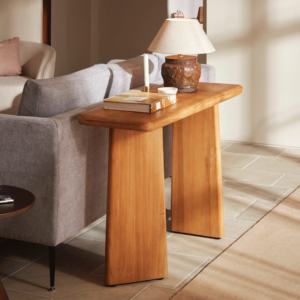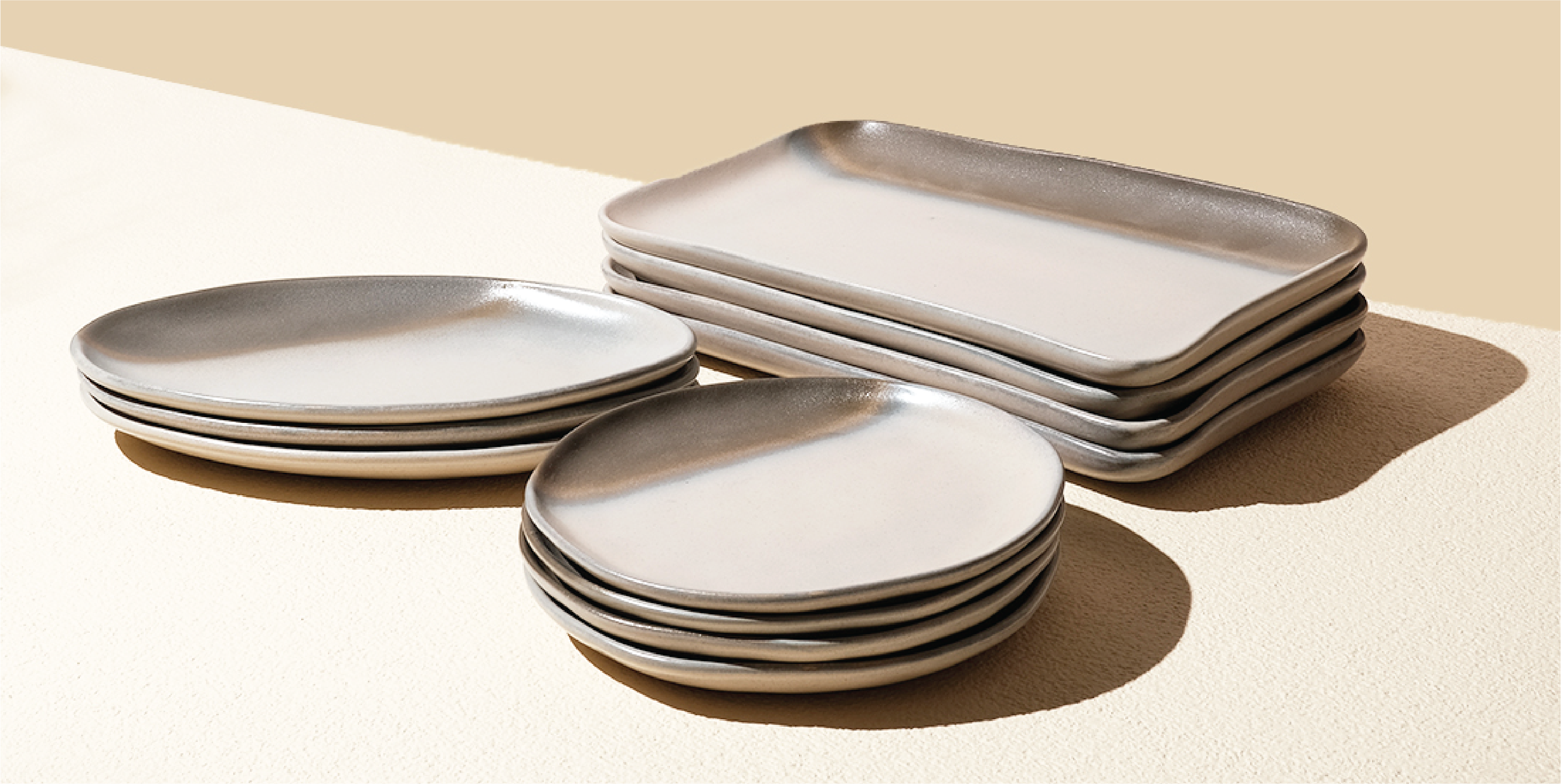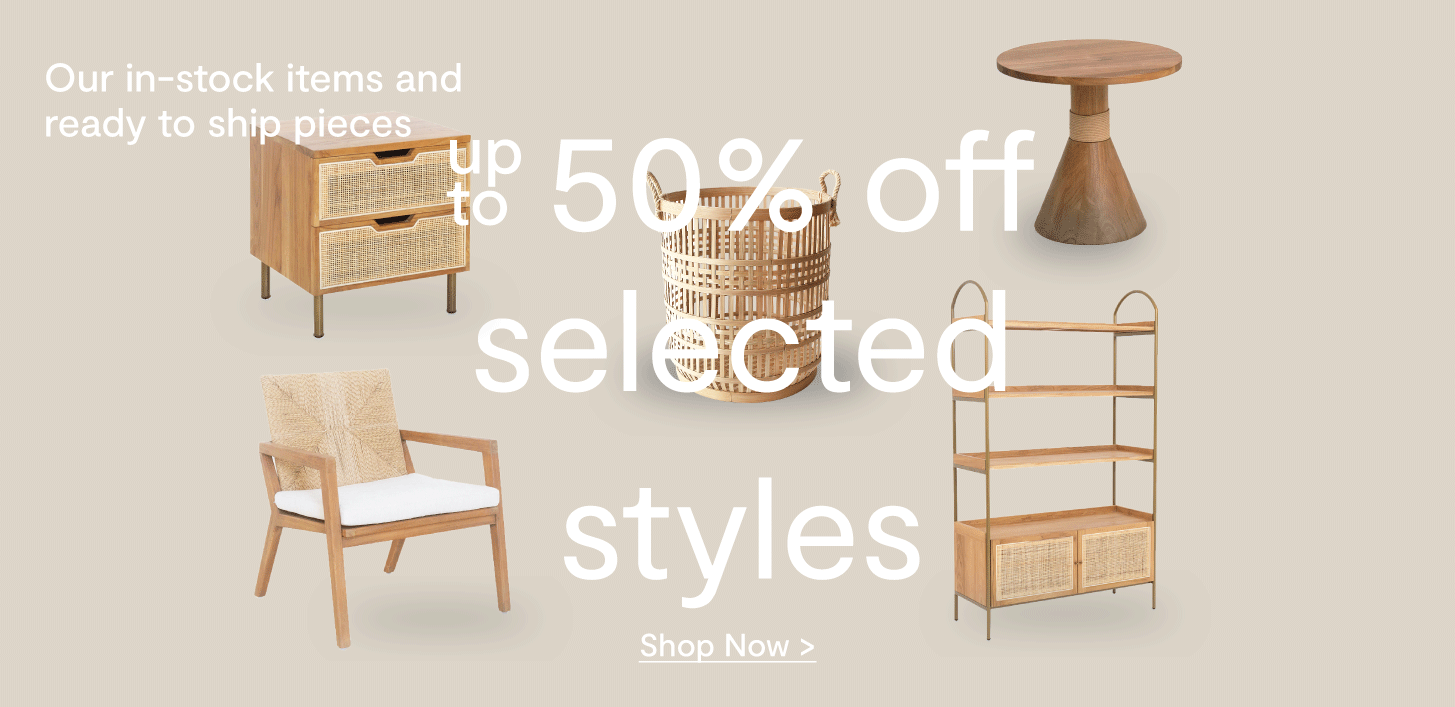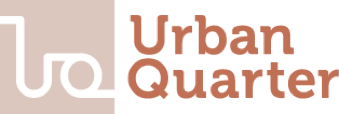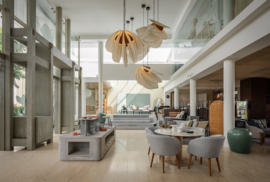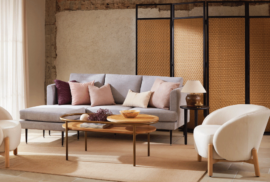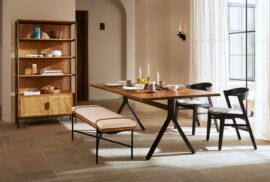Get to know about the Ulap Doyo collection
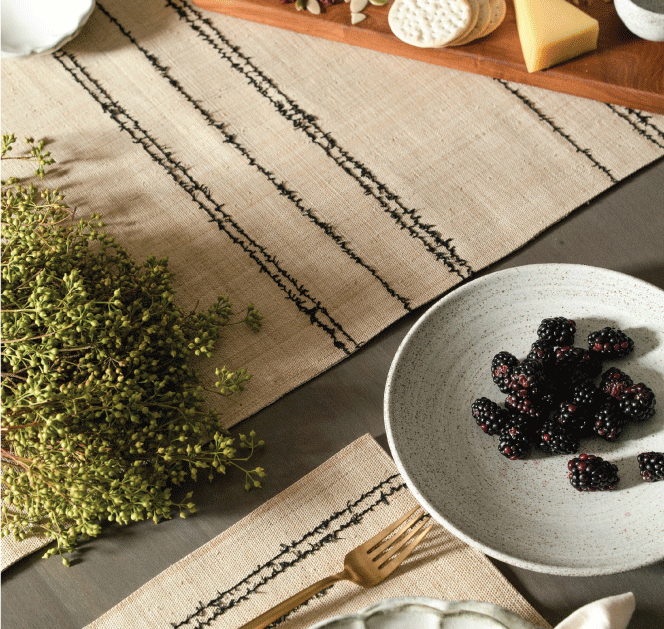
A collection exclusively designed by Lana Daya for Urban Quarter
Ulap Doyo is traditionally a type of handwoven textile that was considered a significant cultural heritage belonging to the Dayak Benuaq tribe. Used traditionally for clothing, Lana Daya reimagines the use of the Ulap Doyo for this table linen collection. Its stern character strikes out as a functional and steady piece, creating a more functional purpose that is true to the fiber’s unique quality.
A story behind every object. Behind this collection is an elaborate story of culture and techniques. Learn more of the collection ->
How many items are inclusive of this collection?
The Ulap Doyo collection consists of 4 items: table runner, placemats, coasters, and napkins. This collection is designed as a complete set that fits from casual dining to intimate gatherings and parties at home.
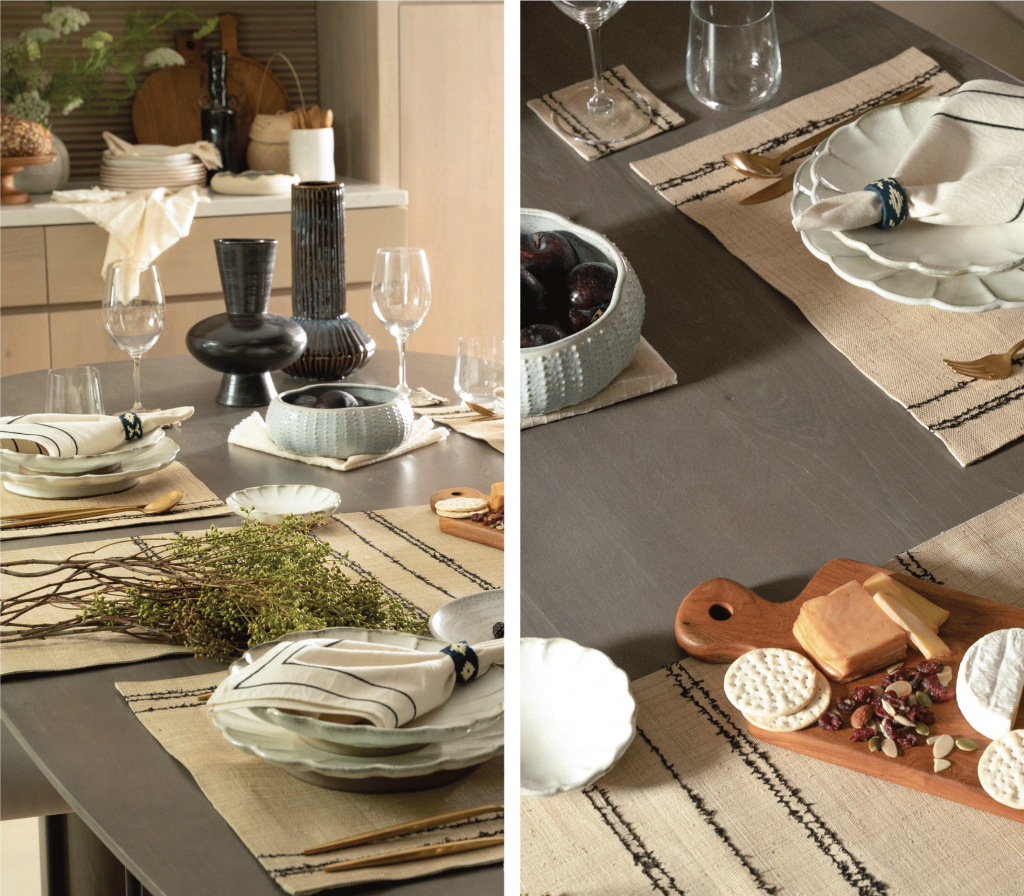
What does the word Doyo means?
The word Doyo derives from the fiber used in the weaving. The Doyo leaf grows wild and is abundant in the deep Borneo forests. The leaf has a strong and firm fiber that is closely related to Pandan. Before weaving, the dried Doyo leaves are cut according to the bone lines, resulting with finer threads of fiber. These strips of fiber are then braided into threads and dyed naturally before being touched by the hands of the Dayak women weavers.
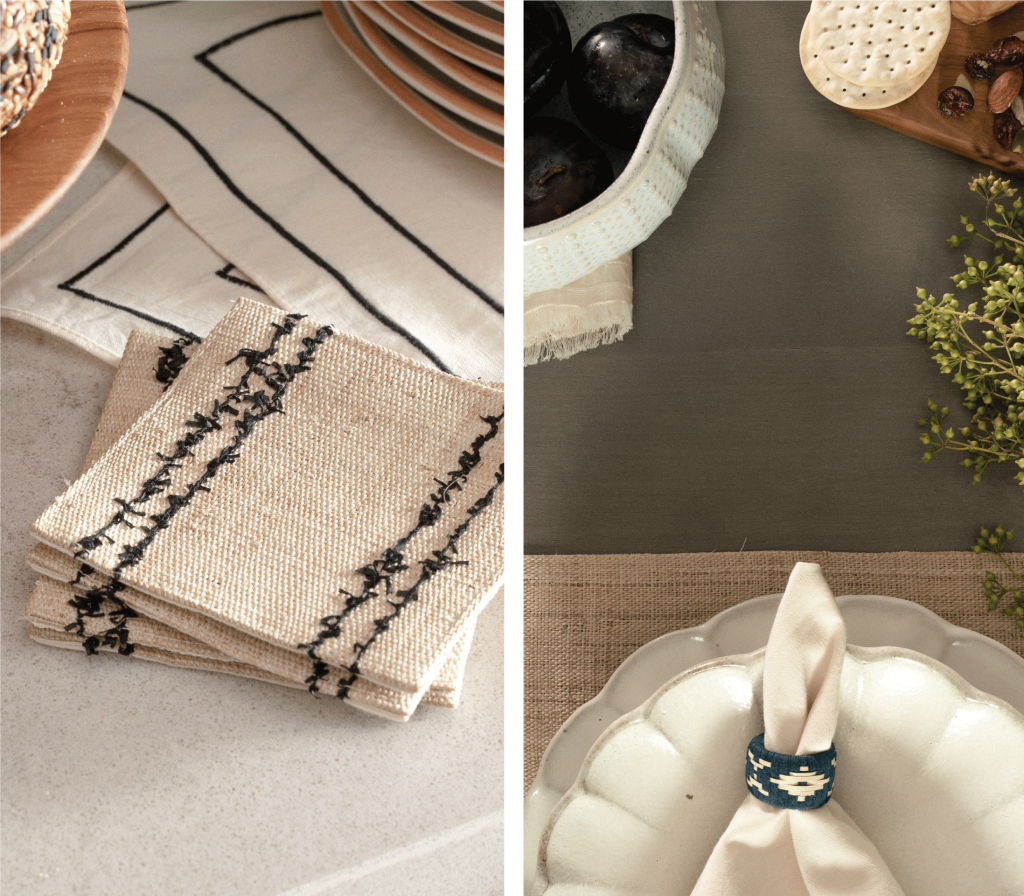
Which material is used to for the embroidery of this collection?
To add dimension, we used the Washi (和紙) thread, a traditional Japanese paper, to incorporate in the weaving. In contrast with the Ulap Doyo, the Washi thread is amassed with crisp textures. The result is a melodious visual composition that both preserves the heritage it carries and elevates its complexion.
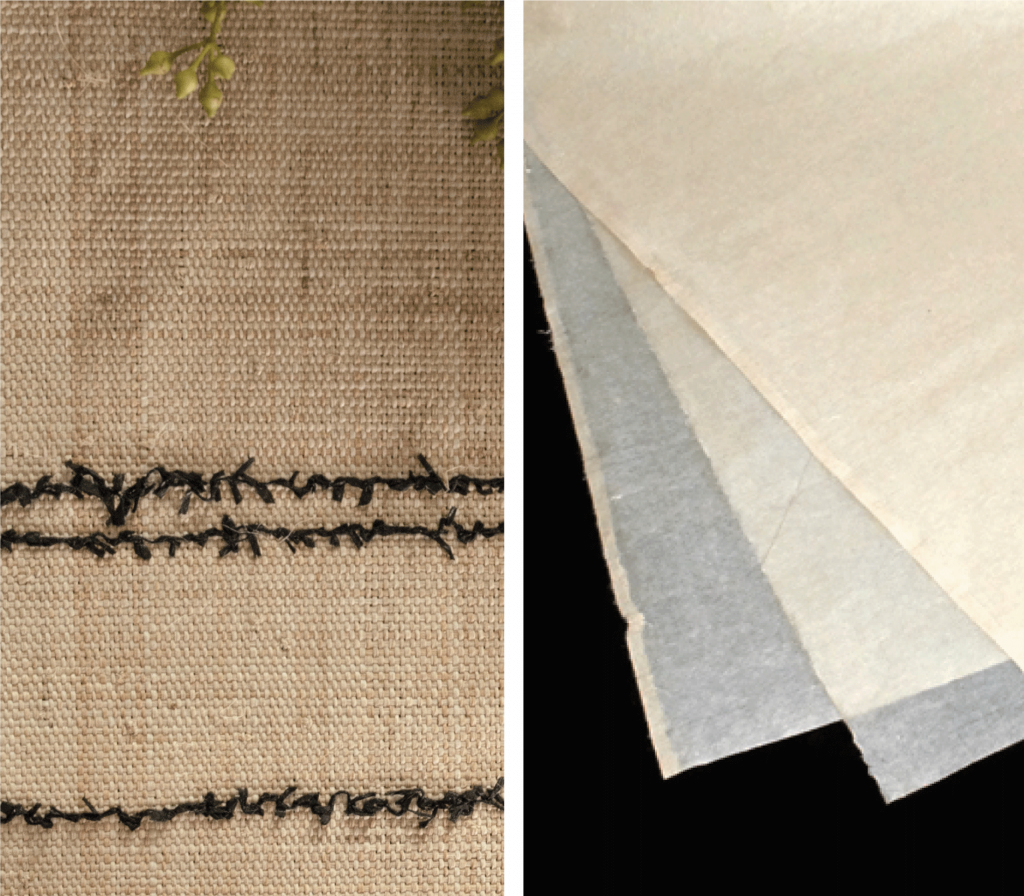
The Ulap Doyo collection is produced in…
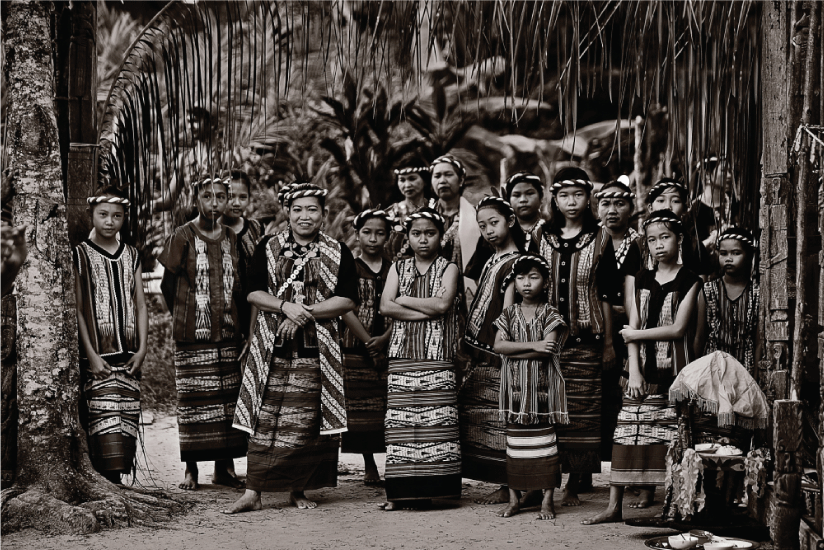
The production of this special collection with Lana Dava of hand-woven table linens were made in East Kalimantan. This collaboration is also a part of a larger movement to empower weavers providing them with vital skills to better their lives and give them a voice in their communities through their work.
Which tenun technique is used for the production of this collection?
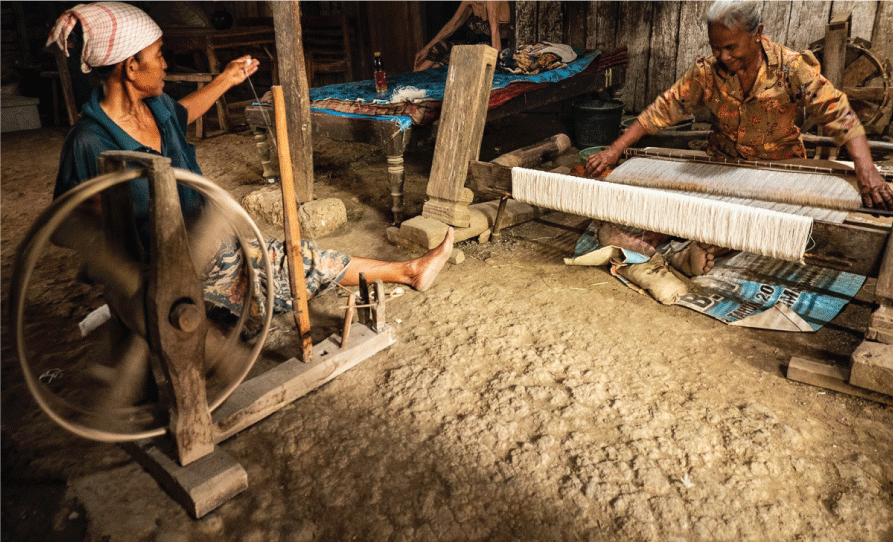
Tenun Gedog is used for the making of the Ulap Doyo collection. The Gedog loom is the simples and most original tool in the weaving process since the time of the ancestors in various parts of Indonesia. In fact, the Gedog loom was used much for on prehistoric objects especially for religious rites.
What makes this technique unique? The word ‘gedog’ is derived from ‘gendong’, which means carry in Bahasa Indonesia. To use the tool for weaving, it will need to be placed on the laps of the weavers who sit stretched out on the floor to weave manually. This process is indeed more tiring than tenun ATBM as it the weaver to focus on the precision of weaving while carrying further weight to hold the tool.
Are the napkin rings part of the Ulap Doyo collection?
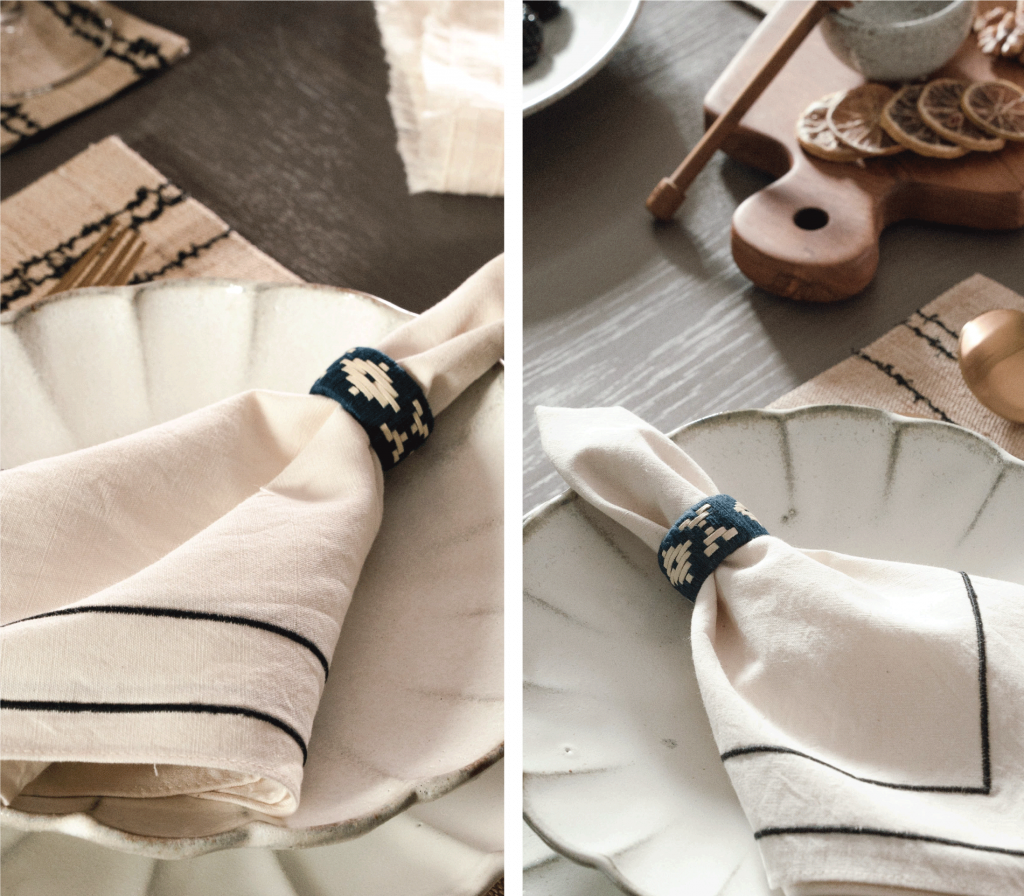
The napkin rings are not part of the Ulap Doyo collection as they are designed to fit all the other napkin designs available by Lana Daya. However, they are produced also in Desa Maumere, using palmyra fibers and natural dye in Mahogany and Indigo. Originally, the design of these napkin rings were used for the dancers of the tribe’s bracelets, then translated by Lana Daya as functional napkin rings.
Can you customize the size of the table runner?
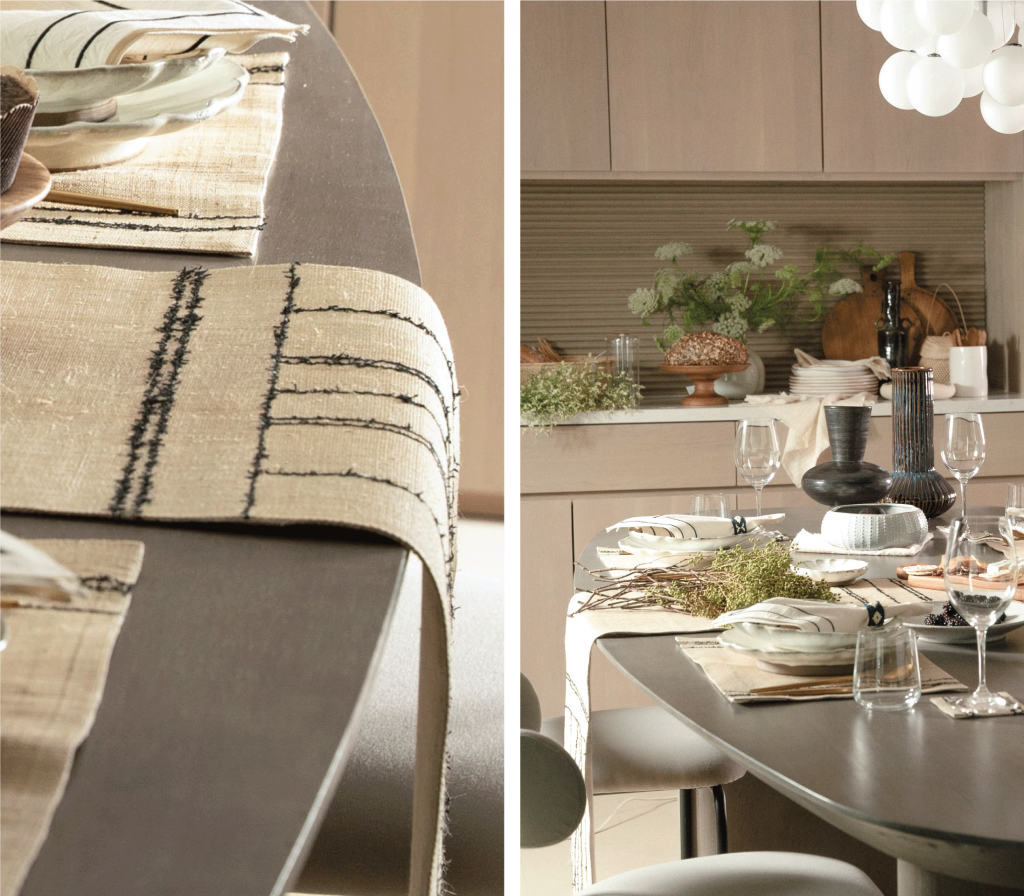
Certainly! The processing time for the customizing the size will take around 3-5 days. Inquire our Customer Service or Sales Associates to customize your runner.
